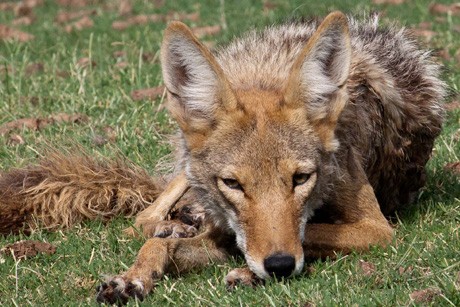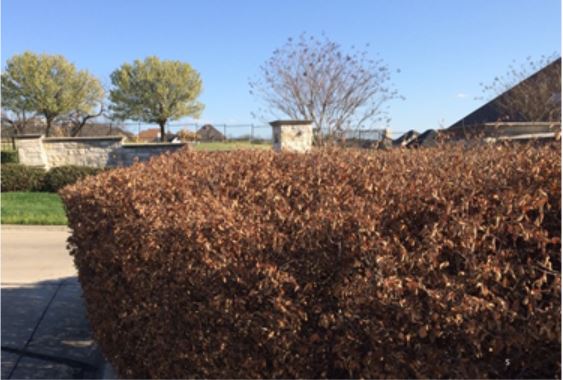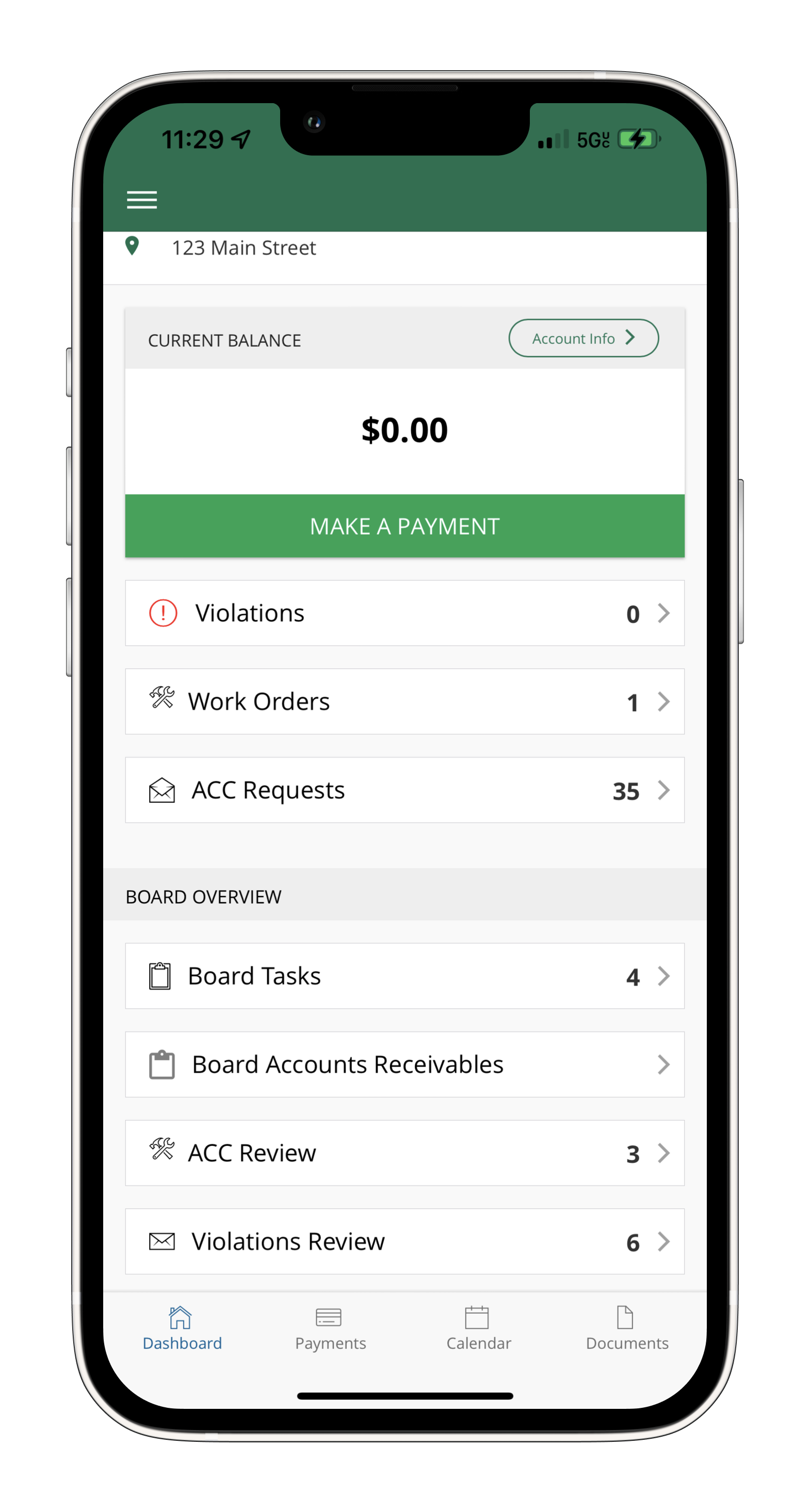
How to Set-Up Effective Committees in your HOA
August 21, 2018
What Your Board Needs to Know about Open Meeting Laws
September 18, 2018Development in formerly wild habitats has made some neighborhoods more attractive and welcoming to wild animals such as coyotes and bobcats. Drawn to our neighborhoods by food resources, their presence is a clear indication that they have been successful in finding food. Open garbage cans and pet food containers, fallen fruits, bird seed, pets running free, and dense vegetation where rodents can thrive all drive in wild animal populations.
Do these animals benefit us, or present threats?
The more we understand about how these animals behave and engage with humans, the clearer the case becomes that their presence in our subdivisions is a net negative. The local ecosystem relies on bobcats and coyotes to control rodent populations and conduct free waste removal of carrion (dead animals). This fact has led some North Texas residents to believe that their nearby presence is to our benefit. But these animals can control rodent populations just fine without taking up residence in our subdivisions. The local communities each have nearby areas zoned for wildlife, and rodent control as one objective for preserving these habitats.
Are these wild animals dangerous? They eachhave a natural fear of humans and will not attack unless cornered or otherwise provoked, so they are generally not dangerous to humans. Though these wild animals may not pose a significant threat to humans, the same cannot be said of the dangers to small pets. Wild animals may see them as prey, so they cannot coexist with them in a subdivision. In addition, larger dogs with protective or territorial instincts may engage with wild animals and this presents the threat of a deadly altercation.
Coyotes and bobcats are also nocturnal, so they often wind up on our roads at night. In unlit conditions, they can be difficult to see, and they can cause accidents. Finally, coyotes and other wild animals may contract rabies. A bite from a rabid animal presents a life threatening condition to both humans and our pets. Though recent advances in rabies control have proven effective, they are expensive to implement.
Discouraging wild animal intrusion and habitation
We can make our neighborhoods safe by securing garbage cans, keeping small pets from running free, and eliminating the food sources that attract wild animals. Trapping and relocating wild animals has been shown to be inhumane. If the animals are relocated, they won’t likely have the survival skills necessary to stay alive in their new environments. Clearly, the answers to this problem are prevention and humane deterrence. We can be responsible and safe if we use hazing techniques recommended by the humane society and rely on repellers like air horns, survival whistles, and predator deterrent lights.
See these additional resources for more tips on safely deterring predators:
Humane Wildlife Control: Coyote, Bobcat, and Fox
Humane Control: Tips for Living with Urban Coyotes
Information for this article is used with the permission of Humane Wildlife Control and is on their website.

Teri Kerkman
AMS®, CMCA®
Vice President of Operations, Plano Region







